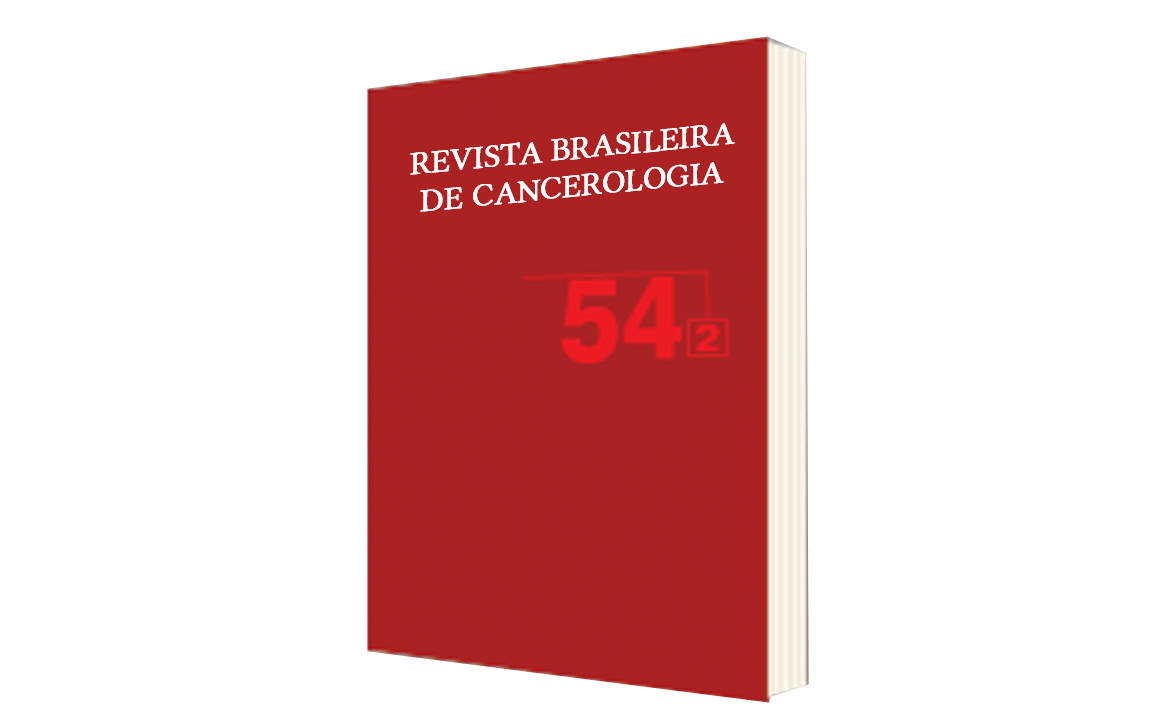Breast Self-Examination by Women in Jundiaí, São Paulo State, Brazil
DOI:
https://doi.org/10.32635/2176-9745.RBC.2008v54n2.1738Keywords:
Breast, Breast neoplasm, Prevention & control, Breast self-examination, Early diagnosisAbstract
Objective: The objective of this study was to establish a profile of breast self-examination (BSE) by women attending the public health service in Jundiaí, São Paulo State, Brazil, and to determine associated factors. Methods: This descriptive, exploratory, cross-sectional study was carried out with women attending the public health service in Jundiaí. A pre-tested questionnaire was used. Multivariate logistic regression analysis was performed with stepwise variable selection controlled by level of schooling. Results: 332 Brazilian women over 16 years of age were classified according to BSE. 131 women (39.82%) performed BSE monthly, and 198 (60.18%) never or rarely performed it. Most women who did not have the habit of performing BSE were under 35 years of age (47%), and most who performed it monthly were over 50 (43.5%). High school/college graduates and women with a history of a sexually transmitted disease were more likely to perform BSE monthly. Women who were routinely oriented by their physicians to perform BSE were 3.3 times more likely to perform it monthly. More than 53% of women who performed BSE had already undergone mammography, while more than 56% of women who did not have the habit of performing BSE had never had a mammogram. Conclusions: The women were familiar with breast selfexamination, but more than half of them did not perform it. Social factors and medical education in health proved important for both this habit and mammography.









